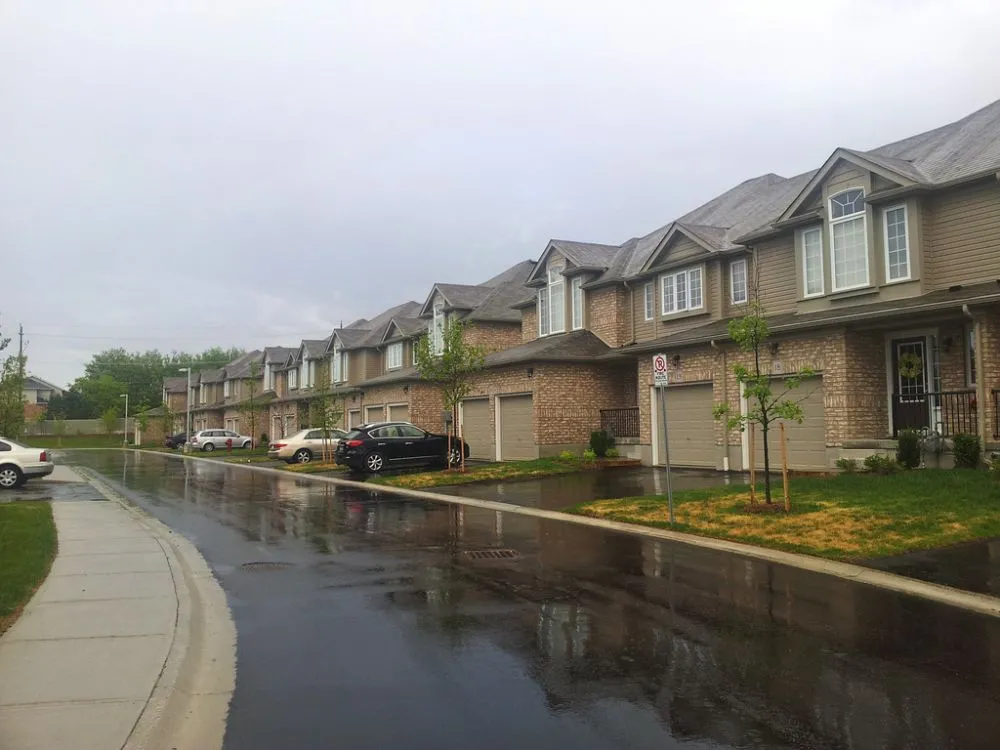Advancing a good idea sometimes requires getting rid of a bad one. It’s high time that we stopped thinking of downtown and the suburbs as enemies. In reality, they have more in common than ever before.
I grew up in the 905 (a suburban area ouside Toronto) but moved into the city 20 years ago because I wanted to inhabit a smaller footprint and avoid commuting by car. However, if I were to return to Markham today, that same lifestyle would be available to me. It’s possible to live in a condo or townhouse, walk to plenty of businesses and amenities, and zoom around on new rapid busways that are separated from traffic.
Walkability, vibrant streets and rapid transit are no longer exclusive to downtown Toronto. A growing number of suburbs, from North York to Mississauga, are now becoming complete communities rather than the starting points of a commute.
A study from the Pembina Institute and the Royal Bank of Canada found that more than 80 per cent of residents would trade a big house in a car-dependent suburb for walkability, a shorter commute and access to rapid transit — even if that means living a smaller, non-detached home. And nearly half of those homebuyers would prefer a suburban neighbourhood with these “location-efficient” attributes.
However, across the Greater Toronto Area, the deck is currently stacked against building family-friendly townhouses or mid-rise buildings close to rapid transit. It’s currently profitable for developers to build detached houses in distant, car-dependent greenfields or 40-storey condos downtown, but little in between. As a result, those are the only affordable options for the average homebuyer.
Along with investing in a rapid transit network for our region, we need to change the municipal zoning bylaws and provincial rules that are inhibiting the shift to location-efficient development.
It’s time to move beyond the urban–suburban divide and realize that we share many of the same goals for our communities. But this big idea requires thoughtful leadership that builds cohesion rather than manufacturing conflict.
This op-ed originally appeared in the Toronto Star as part of its "Big Idea" series.






